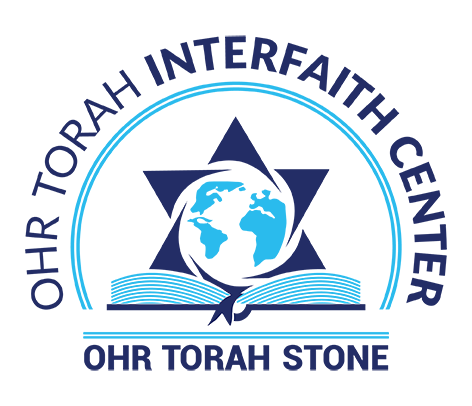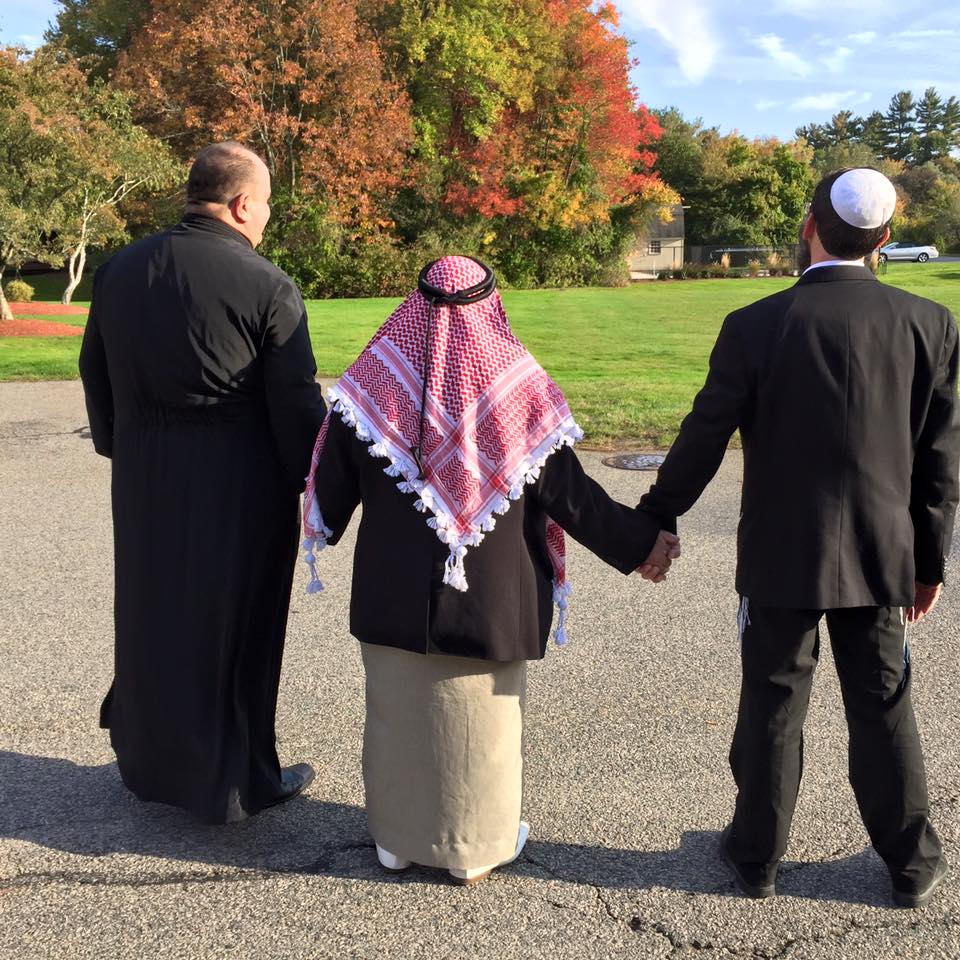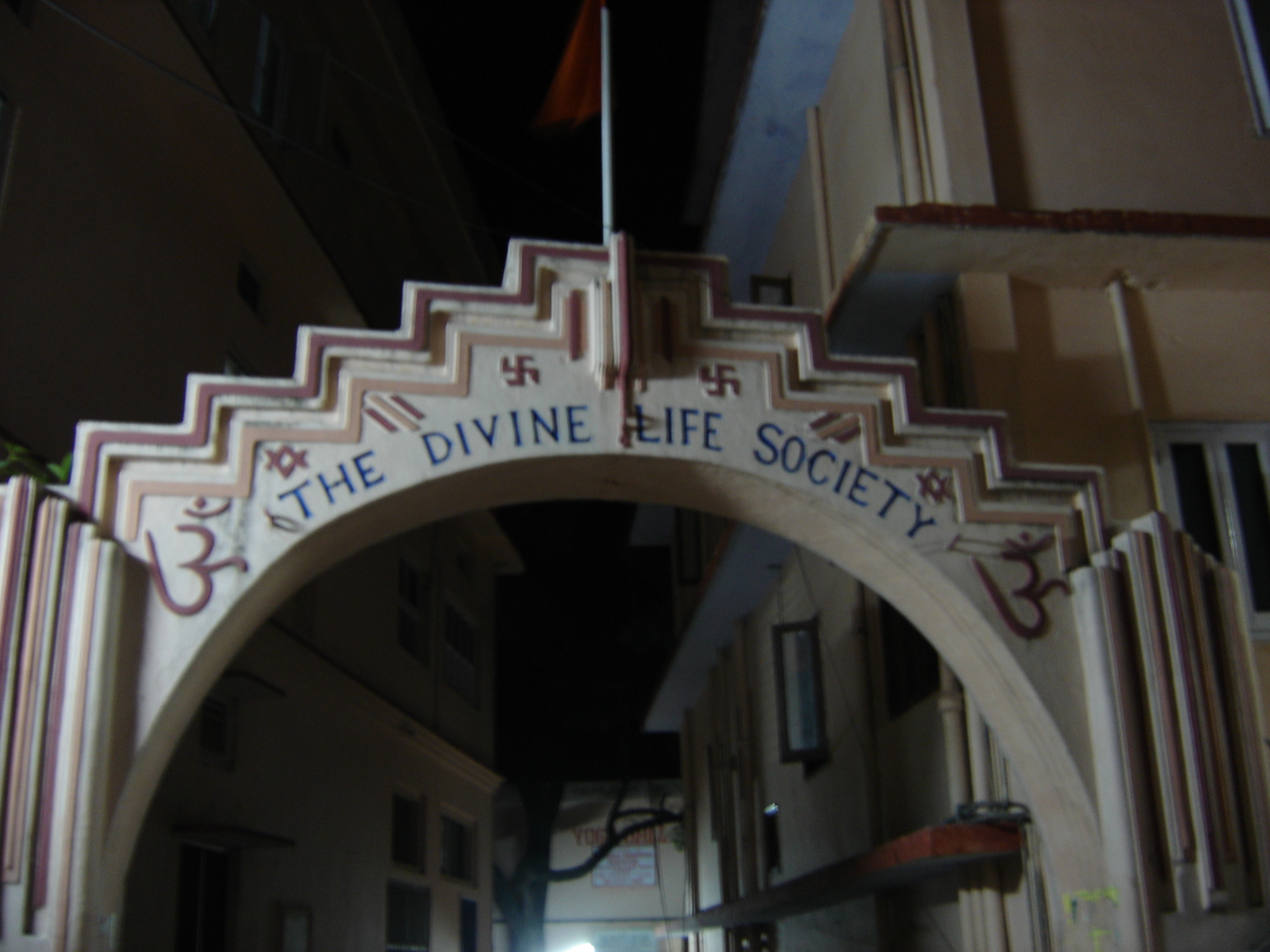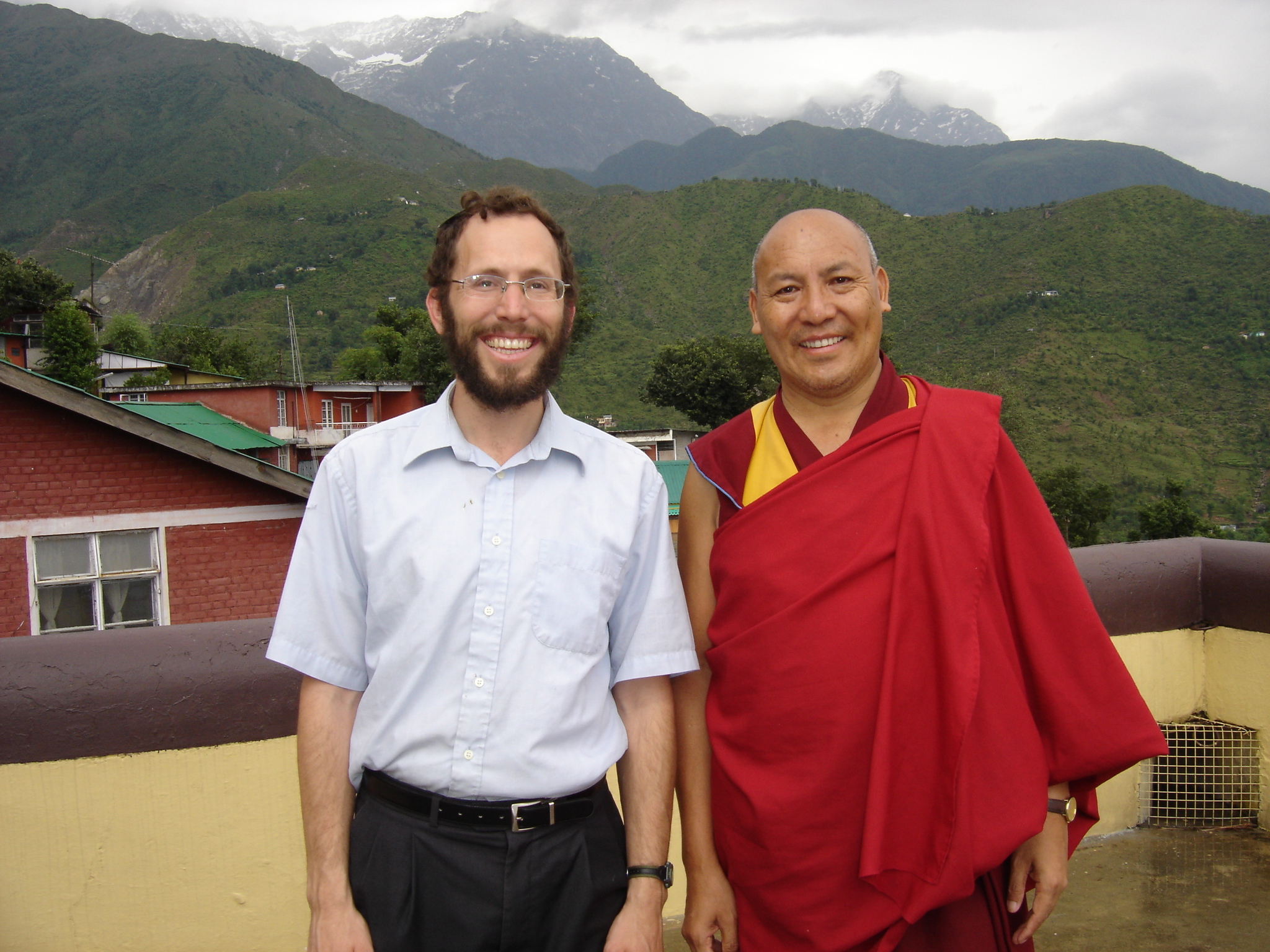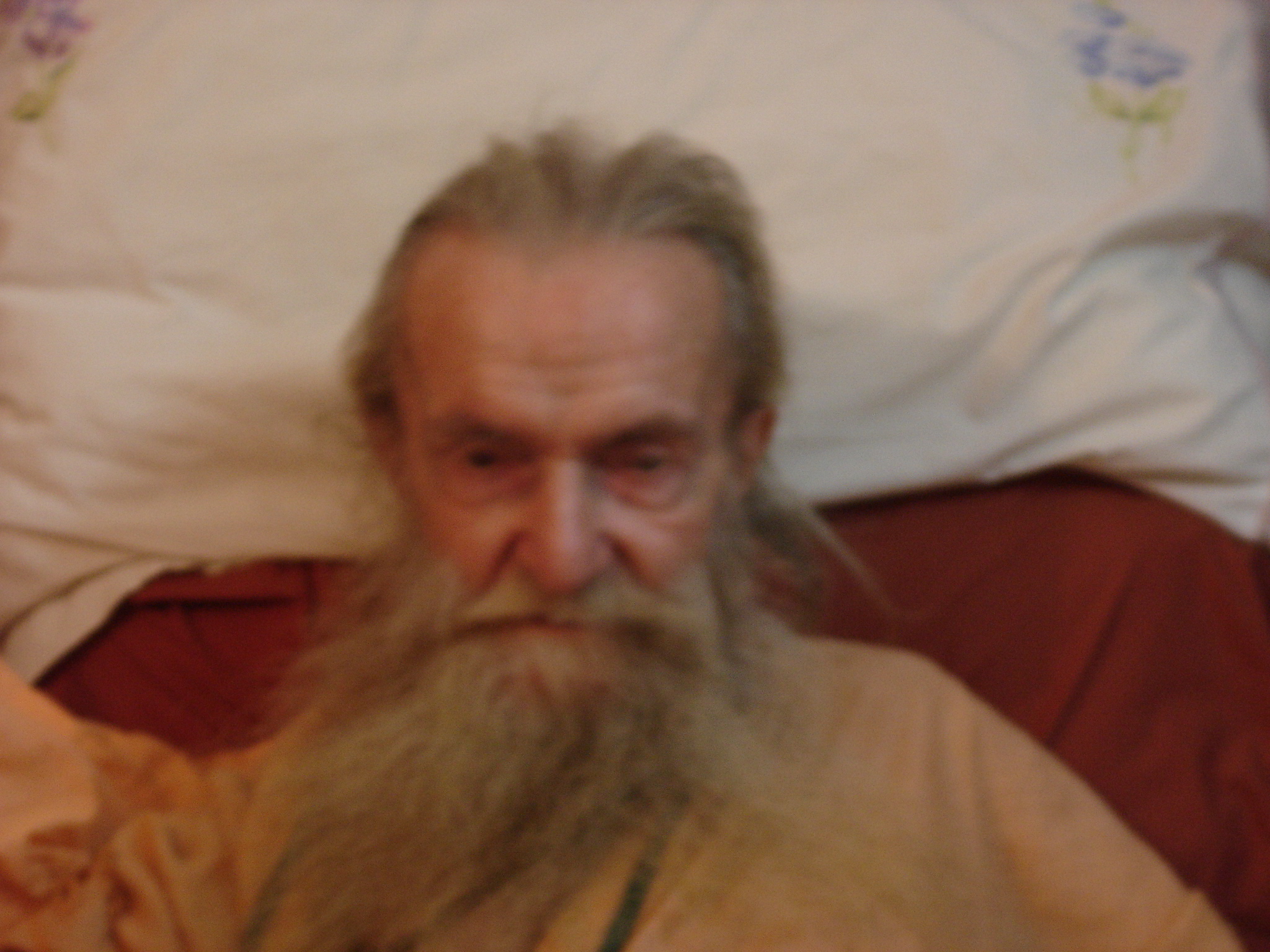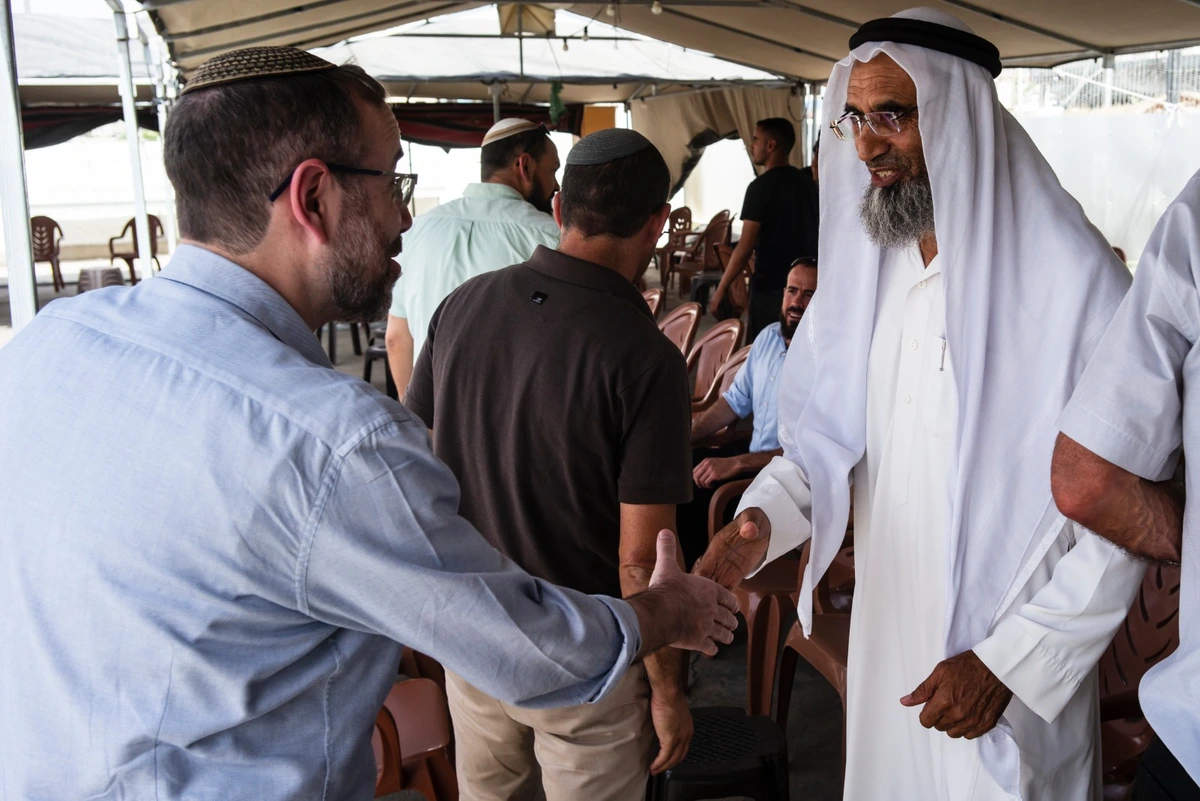 Seemingly random encounters can sometimes force us to confront our deepest selves. In the following story a chance meeting with a German tourist led me to examine issues of identity and how Judaism relates to other faiths.
Seemingly random encounters can sometimes force us to confront our deepest selves. In the following story a chance meeting with a German tourist led me to examine issues of identity and how Judaism relates to other faiths.A former student of mine works in a bookstore in Jerusalem. He called to tell told me that a German tourist had entered the store, bought two books, and issued an unusual request: he wanted to meet with a rabbi. Would I be willing to meet him?
At first I was hesitant; perhaps this man was a former Nazi who wished to confess his crimes to a rabbi, thinking that the rabbi – like a priest – could grant him absolution. Nonetheless I agreed, and after a brief call we decided to meet in the Old City of Jerusalem. I did not know then that this encounter would teach me about the twists and turns that a person’s journey of religious identity can take, and that it would prompt me to understand profound insights about the ideal state of relations among different faiths.
Born to a Christian family in a small German town, this man told me that later he felt unsettled spiritually and became interested in Buddhism. In the course of his travels and his search for meaning, he met with the Dalai Lama, the Tibetan Buddhist leader. Surprisingly, the Dalai Lama discouraged him from pursuing Buddhism and instead directed him to return to Christianity and deepen his practice of it. The Dalai Lama explained that people develop and evolve authentically within the culture they grew up in, and it is there that they should seek their spiritual path. This man’s report fit stories I had heard many times about Jews who consulted with the Dalai Lama only to be told to return to Judaism and intensify their practice and study of it. Now I understood that these incidents attested not only to the Dalai Lama’s respect for Judaism specifically, but to his perspective on the profundity of religious experience in general, and the kind of relations we should strive for between various faiths.
The Dalai Lama’s advice reminds me of a precept I heard from a guru in Dharamshala: “There are many paths to the mountaintop, but a person who skips from path to path will never reach the peak. One should persevere in one path, conforming to his own traditions.”
I was touched by this man’s story and by the Dalai Lama’s words. Still, I wondered what my new acquaintance wanted from me. How did his meeting with the Dalai Lama lead him to want to meet a rabbi in Israel?
He continued his story, and I could only marvel. After his meeting with the Dalai Lama he returned to his town in Germany. A Jewish woman was living there, and she was raising her three children with no connection to Judaism and no knowledge of Hebrew. In light of the message of the Dalai Lama, he decided that he should strengthen this woman and her children’s connection to her people and their tradition. He therefore chose, when he visited Israel, to buy her two books: a primer for learning Hebrew and a Hebrew translation of The Little Prince.
He wished to give the book religious meaning by having a rabbi write an inscription to his friend. He did not know that for me, The Little Prince, is one of the books that has most impacted on me. For my part, I was thus moved by how God arranged the playing pieces on the board of life. I wrote an inscription and we parted ways.
A short time later, the Jewish woman from his town contacted me. Once the man had returned to their town and given her the books, it ignited a desire in her to strengthen her family’s connection to Judaism. This was in fact so important to her that she was prepared to pay for a Jewish woman to come to Germany to tutor her and her children in Hebrew and to teach all of them about Judaism.
I put her in touch with a friend of mine who serves as a rabbi in Israel. I can’t predict how this circuitous story will develop further, having begun in a German Christian’s encounter with the Dalai Lama, continued in an Israeli bookstore and in a meeting in the Old City of Jerusalem, and ending – for now – in the unexpected influence an Israeli rabbi’s inscription in The Little Prince had on a Jewish woman in a small German town.
This story caused me to wonder how Judaism relates to other faiths vis-à-vis the Dalai Lama’s counsel. What direction can Judaism offer those from other religions? Clearly Judaism cannot accept polytheism, as it is expressly forbidden in the Torah. But even for non-Jews who grow up monotheistic – is there a single religious identity that Judaism recommends for them, or is there a place for accepting multiple possibilities? Does Judaism suggest, as does the Dalai Lama, that non-Jews should deepen their ties to their own, original, faith?
It is well known that Judaism prescribes fundamental laws that apply to each person, including non-Jews. These laws, known as the Noahide laws, may be understood in two different ways. One approach sees these laws as forming the basis for a religion, the “Noahide religion.” The other approach, upon which I will elaborate elsewhere, sees them as fashioning a basic ethical system but not as answering the deep human need for religious identity and building a relationship with the divine. If this is the case, can Judaism see other faiths as constituting legitimate and desirable variety in worshipping God?
Rav Kook suggests that the answer is yes:
[Our] belief does not preclude other faiths.… Religions who accept the unity of God have no need to leave their religion, and their adherents may always continue to belong to these faiths …(To the Perplexed of the Generation, chap. 42)
Rav Kook explains in the same book (chap. 8) that differences between religions are tied to differences in culture between different societies. Consequently, he sees changing one’s religion as it weakens the nation and culture to which one originally belonged. At first glance, his position is reminiscent of the Dalai Lama’s. But closer examination of their underlying rationales reveals a significant difference: In the Dalai Lama’s approach, developing and evolving authentically within one’s own culture is important for the individual’s needs, to facilitate his growth. By contrast, Rav Kook bases his approach on a person’s responsibility to his society and his nation.
Rav Kook expresses this idea in a slightly different manner elsewhere:
Since the ways in which human thought and emotion connect to the infinite and transcendent Godly light are necessarily varied, therefore, there are different spiritual practices in every nation and society. (Orot HaKodesh 3:15; Shemoneh Kevatzim 2:133)
The spiritual practices are different because each nation requires its own mode of approaching Heaven. God remains infinite and transcendent, and His light is assimilated in various ways according to the traditions of each nation and culture. Religion is the means by which that light is assimilated, processed, and applied, but religion does not embody Godliness, which goes beyond any particular faith.
Abraham Joshua Heschel formulated this idea pointedly in his article, “No Religion Is an Island”:
Religion is a means, not the end. It becomes idolatrous when regarded as an end in itself. Over and above all stands the Creator and Lord of history, He who transcends all. To equate religion and God is idolatry.
To identify religion with God is to reify Him, to purport to limit Him to something tangible.
John Hick, a prominent twentieth-century philosopher of religion, provides an apt comparison to the paradigm shift that is taking place regarding interfaith relations. He describes it as parallel to the Copernican revolution. Before Copernicus, the fundamental assumption about astronomy was that the planets, the sun, and the whole universe revolve around the Earth. Copernicus upended this paradigm; scientists began to understand that everything in the solar system – including Earth – orbits the sun. So too with regard to religion: In the old paradigm, one’s own religion was at the center, and all other religions revolved around it. In the new paradigm, God is at the center, and each and every religion – including one’s own – revolves around God’s heavenly light just as the planets orbit the sun, trying to absorb His light, each religion in its own way.
To sharpen this point and express a different aspect of it: the splendor of God’s completeness is manifested in part through variety, through a wealth of perspectives. Uniformity would actually prevent a full realization of the Divine Presence in the world. Likewise, Rashbam explains that God razed the Tower of Babel and dispersed humanity throughout the world so that the profusion of cultures and languages would allow the Divine Presence in the world to be revealed more fully.
Still, from my perspective as a Jew, I confess that it is difficult for me to accept the image John Hick choose to depict to the multiplicity of religions. Jewish belief seeks to achieve a world of unity, connection, and fellowship, “to worship God of one accord.” The idea that there is one sun to which all faiths orient themselves grants legitimacy to other religions, but it does not go far enough; it still entails disconnection, as adherents of other religions are on a “different planet.” Rather, we aspire to a world with a variety of different religions that all recognize that “God is one and His Name is one,” the One who will bring the ultimate redemption
We must learn to view other monotheistic faiths not as a distant, foreign, even alien manifestations of serving God. Rather, let us hold to a vision of fellowship and of connection among the diverse paths to God, who “is one and His Name is one.”
